The main varieties of cabbage: features and growing conditions
Cabbage is one of the oldest garden plants, which has always been highly valued for its high nutritional value and rich set of vitamins. Today, numerous varieties of cabbage are grown around the world, and many of them are very little familiar to Russians. This is due to culinary traditions and the peculiarities of cultivation, although it is the types of cabbage that are little known in our country that contain a maximum of vitamins and other useful substances. Let's take a closer look at the most common types of this amazing plant.
Content:
White cabbage
This is the most common variety, without which any vegetable garden is unthinkable. It has been grown in Europe for a very long time, and now even frost-resistant varieties have been bred for cultivation in northern climates. White cabbage - a biennial plant: in the first year it gives productive organs, which are used for food. In the second year, seeds appear, which are then used to grow seedlings. A leaf rosette - a head of cabbage - can be very large, its weight can reach 16 kg or more.
Dense heads of cabbage are kept on a short and very strong stalk - a stalk, which is also eaten and tastes good.
The flowering stems of this type of cabbage are very high, their length can reach 1.5 m. The yield depends on the variety, since there are early and late-ripening varieties.
Caring for cabbage is not so difficult, but any gardener should know certain rules:
- This is a very moisture-loving plant, which after planting needs to be watered every two days, and when they start head out - every week, but very generously. Each watering requires obligatory loosening of the soil to a depth of at least 8 cm.
- Cabbage needs fertilizers for a good harvest. In the spring, organic matter is introduced into the soil in the amount of one bucket per square meter, then each plant is fed with superphosphate and wood ash.
- The soil for cultivation consists of turf, peat and sand in equal proportions; seeds are sown for seedlings in March. Before planting, it is advisable to spill the soil with a solution of potassium permanganate. The pick is carried out two weeks after the emergence of shoots.
White cabbage has gained the widest popularity because of its taste and nutritional value: it contains even more vitamin C than lemons, it is well absorbed and makes up an almost obligatory part of the Russian diet.
Red cabbage is grown according to the same principle, it has a high carotene content and unusual red-violet color of the leaves. The heads of cabbage ripen at the same time, the leaves will be slightly different in taste. They are perfect for preparing both first and second courses.
Cauliflower and broccoli
These are two varieties, somewhat similar in appearance, have long been cultivated in Europe. Broccoli is even sometimes called Italian asparagus because of its excellent taste. but cauliflower turned out to be less adapted to the Russian climate, therefore, its cultivation has a smaller scale compared to white cabbage.
Cauliflower:
- An annual plant, the stem height can reach 70 cm.
- The edible part is the head, which consists of many small shoots on which rudimentary flowers grow, which can be white or yellow.
Broccoli:
- It has a similar external structure, but it can reach 90 cm in height.
- The edible part is also the head, which consists of flower-bearing stalks that contain more vitamins than ordinary white cabbage.
- The composition of broccoli and cauliflower contains a variety of vitamins, in addition, it is a source of the most valuable trace element selenium, which is difficult to obtain in food from other products.
Cauliflower is a light-loving and moisture-loving plant that can be grown in both black earth and non-black earth zones.
It is no more difficult to grow it than ordinary white cabbage, most often seedlings are used, which are first grown indoors, and then transplanted into open ground. The early varieties are sown for seedlings in March, and the late varieties are sown only from mid-May.
Cauliflower has a less developed root system, so replanting a seedling in open ground is possible only after it is fully strengthened. Young early plants varieties can be transplanted to the garden only at the age of 60 days, for later varieties this period may be shorter. Three weeks after planting, the plants are fed with organic fertilizers, in addition, wood ash must be added to the soil.
To improve the growth of the root system, the soil must be loosened, in addition, it is advisable to mulch it.
In early ripening varieties, the growing season is 80 to 125 days, after reaching technical ripeness, the heads can be cut off and used to prepare a variety of dishes. Cauliflower keeps well.
Kohlrabi cabbage
Kohlrabi is one of the most unusual-looking varieties of cabbage, and for many it remains exotic for the garden.
It was brought from Sicily, and still not everyone knows how to grow it properly. In appearance, it looks more like a turnip or radish, not leaves or shoots are eaten, but a stem crop. It tastes like a common cabbage stalk, but it tastes sweeter and softer. The stem crop is white.
Growing kohlrabi does not present any particular difficulties, however, it is more thermophilic than the usual white cabbage. It is better to grow it on the south and southeast side, it loves the sun and moisture.
It is grown with the help of seedlings or planting seeds in open ground, the first method is used much more often.
Basic rules for growing kohlrabi on the site:
- Kohlrabi, like ordinary cabbage, is very fond of water.
- After planting, you need to water the seedlings once every 2-3 days, in the future, the number of waterings is reduced to 1 time per week, but there should still be a lot of water.
- After watering, the soil must be loosened, the depth of loosening is 8-10 cm. This will allow the plant to form more developed roots and a larger stem crop.
- The soil mix includes peat, turf and sand. It is advisable to disinfect it with potassium permanganate before planting seedlings so that the plants are not affected by a black leg.
- Seeds are sown to obtain seedlings in early March, a pick should be carried out when the plant has the first true leaves. After picking, boxes with seedlings can be placed on the windowsill or transferred to the greenhouse. A few days before transplanting into open ground, the seedlings are taken out into the air for a while for gradual accustoming to temperature changes.
- Kohlrabi is fertilized with wood ash, in the spring organic fertilizer is applied to the soil. During the hardening period, the plants are fed with a solution of urea and potassium sulfate.
The crop is harvested when the stem diameter is about 8-10 cm. You should not wait any longer, otherwise it will become rough and not so tasty.It is young kohlrabi cabbage that is widely used for cooking various dishes; it is highly valued by many gourmets.
Savoy cabbage
Savoy cabbage first began to be grown in Italy, the county of Savoy became its place of growth, which is why it got this name.
In us, it has not become widespread, since it has low frost resistance. In appearance, it resembles familiar white cabbagebut it has green thin leaves with a corrugated surface. Fresh, it is even tastier than the usual varieties of white cabbage, but its leaves are not suitable for pickling. Savoy cabbage is rich in vitamins, it contains a lot of useful microelements.
Growing it is somewhat more difficult, since the plant is sensitive to heat and the amount of moisture:
- For planting, it is better to choose the southern and southwestern slopes, where the plant will receive a lot of sun.
- Watering should be abundant, but not excessive: stagnation of moisture in the soil will very quickly lead to rotting of the roots and can destroy the plant.
- The soil near the roots must be loosened after watering.
Savoy cabbage has a lower yield than white cabbage, so it does not require a lot of feeding.
Mullein is introduced into the soil only after planting the plants and after the formation of a head of cabbage - twice a season will be quite enough. Very quickly the plant forms heads of cabbage with beautiful green leaves, Savoy cabbage reaches technical ripeness by the beginning of July (early varieties). You need to remove the heads of cabbage early, as otherwise they may crack.
Savoy cabbage does not store well, which is why some farmers in temperate European regions leave their cabbages in their beds under a layer of snow. They are cut off and eaten as needed. In any case, it is recommended to store Savoy cabbage in one row, the temperature at the storage place should not exceed 3 degrees Celsius. The leaves can be dried, but they are not suitable for canning.
There are other types of cabbage, it has become a real queen of the vegetable garden in many countries.
All its varieties are delicious, are quite unpretentious, even a novice gardener can cope with the cultivation of cabbage. Russian varieties are well stored, as they were originally bred for harsh climatic conditions. Growing cabbage seedlings is not particularly difficult, the sprouts will grow stronger and grow quickly enough. All varieties can be grown in the Russian climate, although some may want milder conditions.
More information can be found in the video.



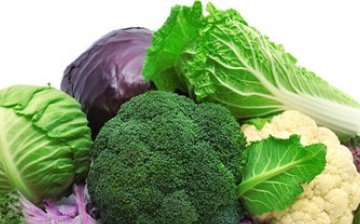
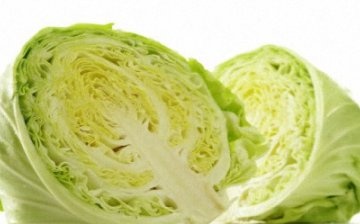
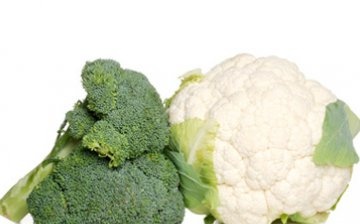
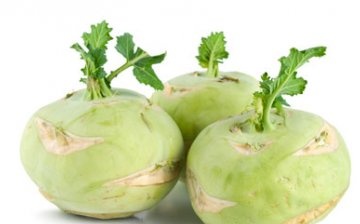
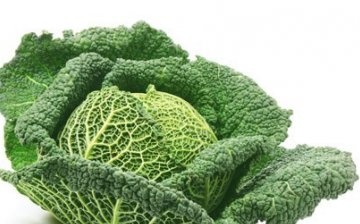





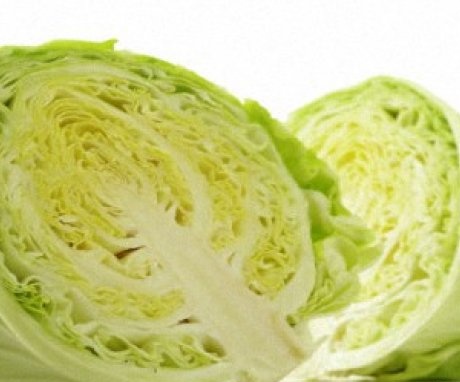
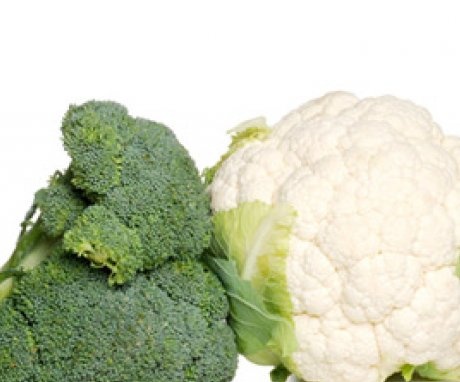
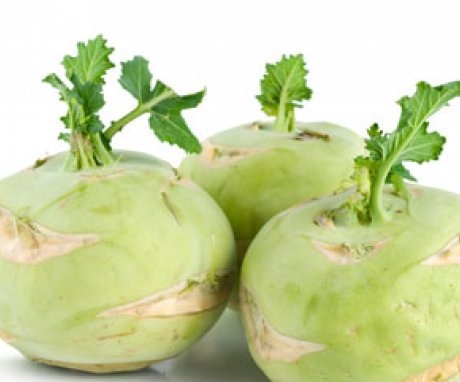
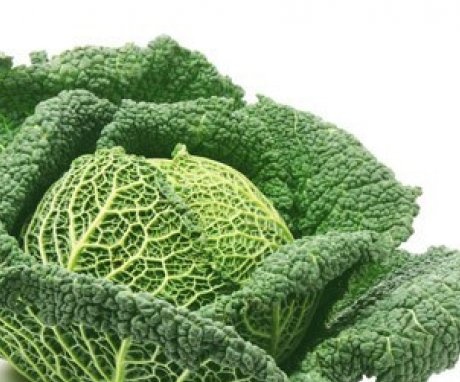
Cabbage is often infected with slugs. To combat them, there is a simple method that my grandfather taught me: small containers (a bowl, etc.) are dug into the ground with their edges flush with the ground, and water is poured into it. Slugs fall there and their number decreases over time. (They need to be collected from traps periodically). If the cabbage is put into storage, you must also carefully check it for the presence of slugs, because in the cellar, they can continue to live and eat it.
And where exactly should the containers be buried? Under the cabbage itself? I am constantly suffering with these slugs.
YuliaM, yes, next to it, if you watch for a while, you can see on the ground where "paths" from mucus are most often formed, they go their own ways, and dig in there. Some more add sugar to the water, but my grandfather poured regular water.